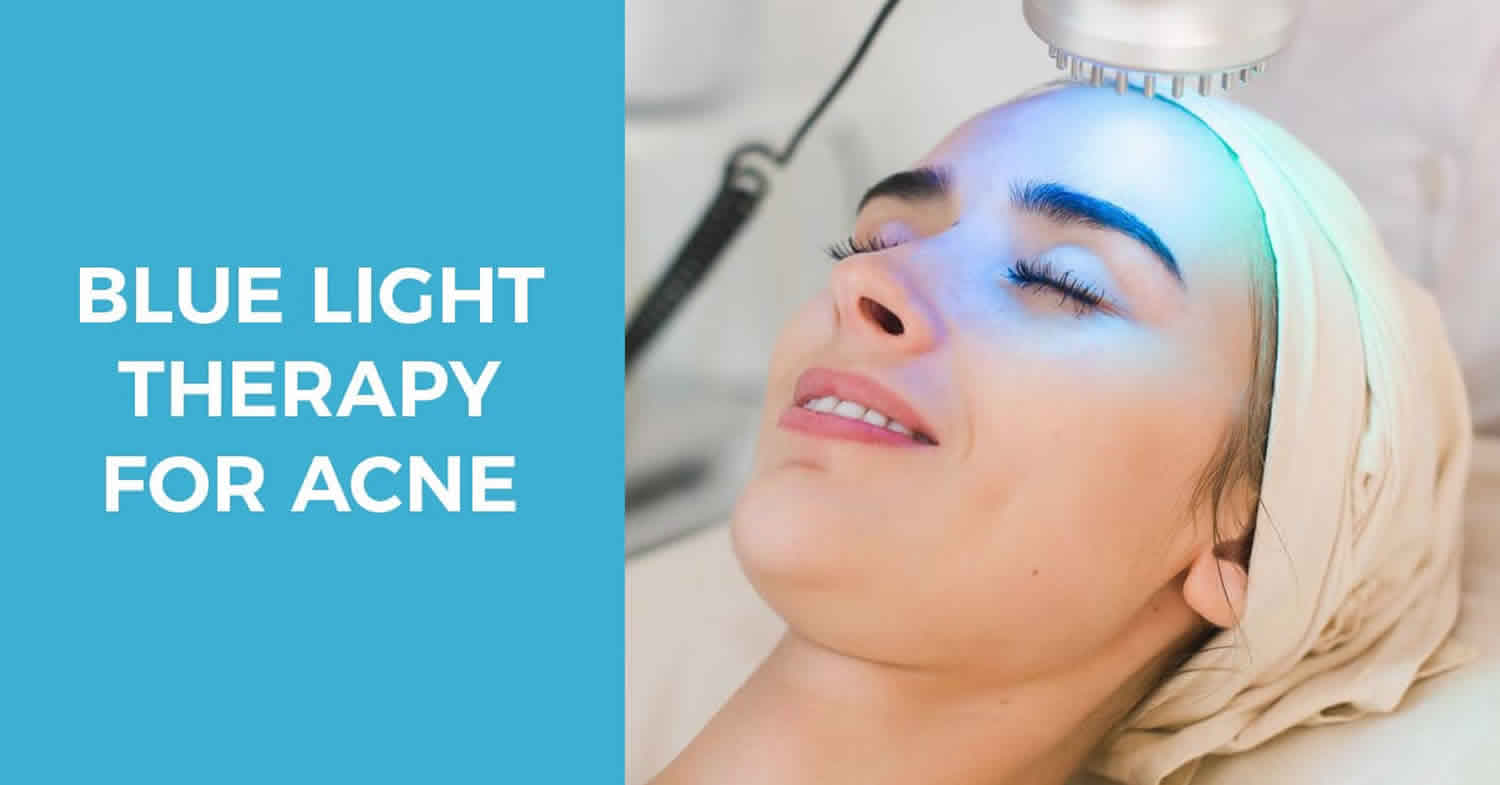Contents
What is blue light therapy
Blue light acne treatment is a non-invasive procedure that uses light in the blue wavelength range of 405-420 nm that carries the highest amount of energy per photon to kill the Propionobacterium acnes or P. acnes bacteria in skin. This photodynamic therapy is US Food and Drug Administration (FDA)-approved for the treatment of moderate acne vulgaris or acne vulgaris that has not responded to other acne therapies.
Blue light therapy for acne
The bacteria in acne release porphyrins. These are naturally occurring substances in the body, arising during the synthesis of of haem (heme) in red blood cells. When porphyrins absorb light of certain wavelengths, free radical damage is produced, and this destroys the bacteria. Blue light acne treatment uses a narrow-band, high-intensity blue light source that is readily absorbed by porphyrins released by the bacteria causing acne.
Former light therapies used UV light (usually UVB), which can be damaging to skin. Hence UV light is no longer used to treat acne and blue light devices currently available for use do not contain ultraviolet (UV) light.
Blue light acne treatment can be used alone or in conjunction with a photosensitizing agent such as topical aminolevulinic acid (ALA) hydrochloride solution (Levulan® and Kerastick®). Pre-treatment with the photosensitizer appears to offer additional reduction of lesions and pustules but will cause a crusting reaction for a few days.
What does the blue light therapy procedure involve?
Blue light acne treatment is administered via a blue light delivery system. The procedure simply involves a patient sitting in front of a blue light lamp for about 15 minutes. Generally 2 sessions per week over a 4-week period is all that is required.
Pre-treatment with aminolevulinic acid (ALA) requires the topical application of aminolevulinic acid (ALA) 30 minutes prior to sitting in front of the blue light lamp for about 8 minutes. Treatments are usually spaced at 2-week intervals. The number of treatments depends on the severity of acne and improvements seen.
Blue light acne treatment is available from a dermatologist and the procedure performed in their rooms. Although blue light delivery systems can be purchased and self-administered at home, a dermatologist should oversee its use.
How effective is blue light therapy for acne?
Several small studies have shown that blue light acne treatment appears to improve acne vulgaris with a reduction in inflammation and the number of pustules and papules in some individuals. In one study, nodulocystic acne lesions worsened when treated with blue light.
Further large, controlled studies are needed to prove their efficacy and long-term effects. Other treatments for acne may be more suitable in the individual case.
Blue light therapy side effects
Blue light therapy side effects are generally minor and include:
- Swelling of the treated areas and dryness
- Temporary pigment changes





